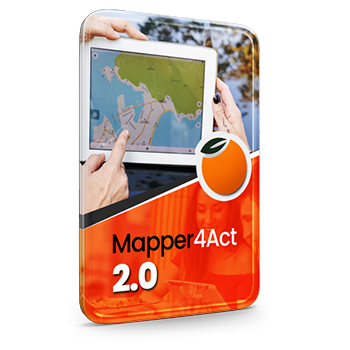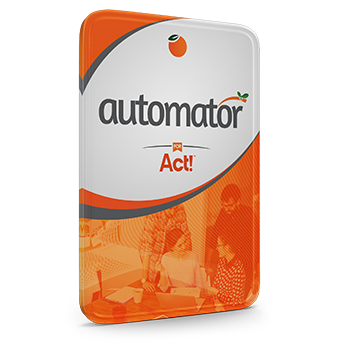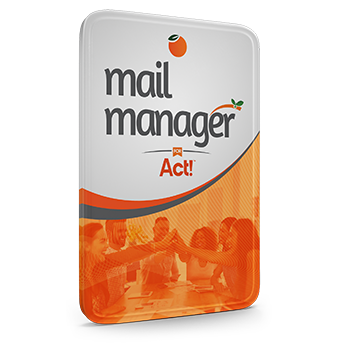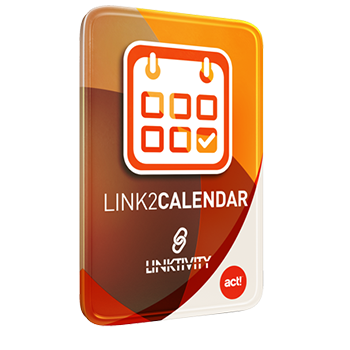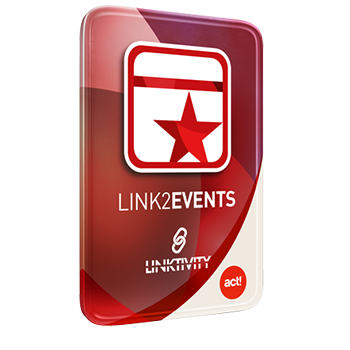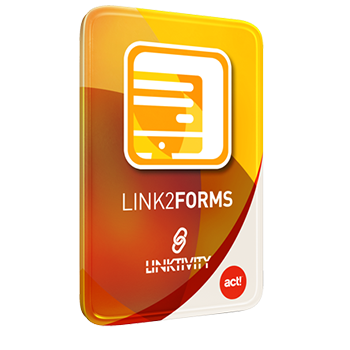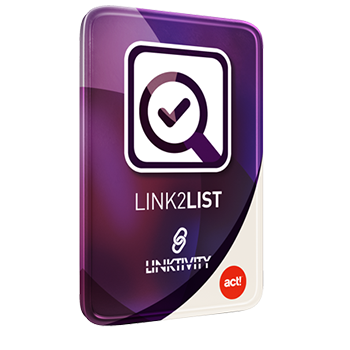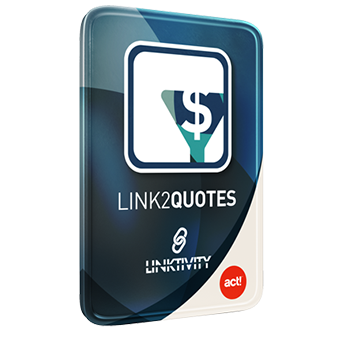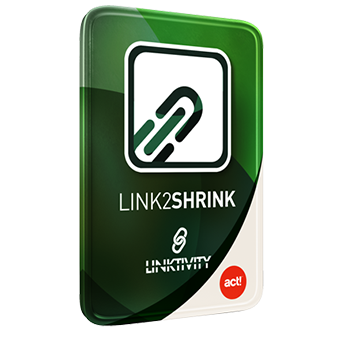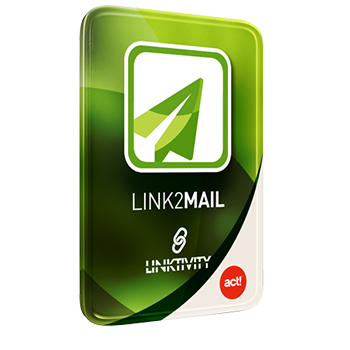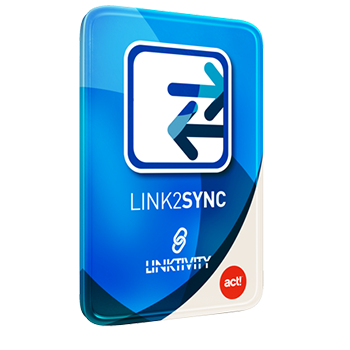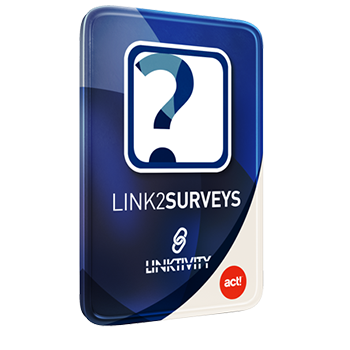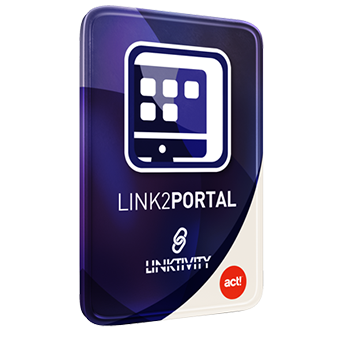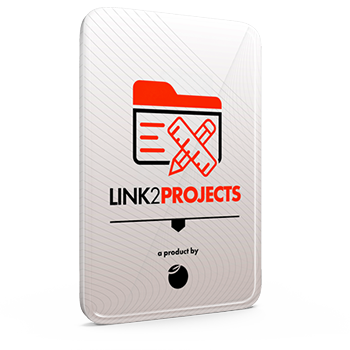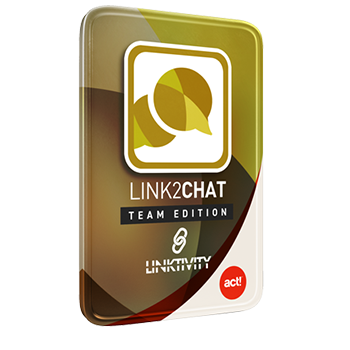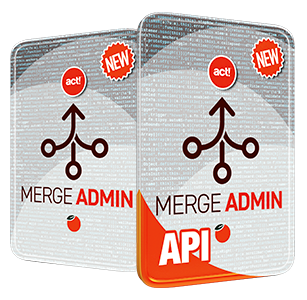There’s a quiet trap many professionals fall into: confusing using a CRM with simply feeding it. Clicking boxes, updating contact info, logging calls — it all looks like productivity. But without intention behind it, all that effort becomes digital clutter.
So here’s the uncomfortable question: is your CRM driving action and insight… or just collecting dust in neat little fields?
Filling out forms doesn’t grow a pipeline. A CRM is supposed to tell you what matters, when to act, and where the next opportunity lives. If all it does is serve as a contact graveyard, something’s off. Real usage means checking dashboards, acting on alerts, reviewing win/loss reasons — not just keeping things “up to date.”
Yes, it’s helpful to log that you called a lead. But did you mark the result? Set the next step? Note any objections? A CRM entry without context is just noise. The value comes from the patterns that emerge — and those only appear when the data is used to make decisions, not just track motion.
Many CRMs come packed with reporting tools. Pipeline views, conversion rates, source tracking. But if no one’s looking at them to adjust strategy, improve messaging, or prioritize deals, what’s the point? A report should spark a conversation or a course correction — not just sit in a folder until next quarter’s meeting.
There’s a big difference between using a CRM to record what happened… and using it to shape what happens next. One is passive. The other is powerful.
Don’t let your CRM become a glorified spreadsheet. Every field you fill should feed a bigger picture. Every note you take should guide a future move. If it’s not helping you sell smarter, support better, or decide faster — it’s time to rethink how you’re using it.

